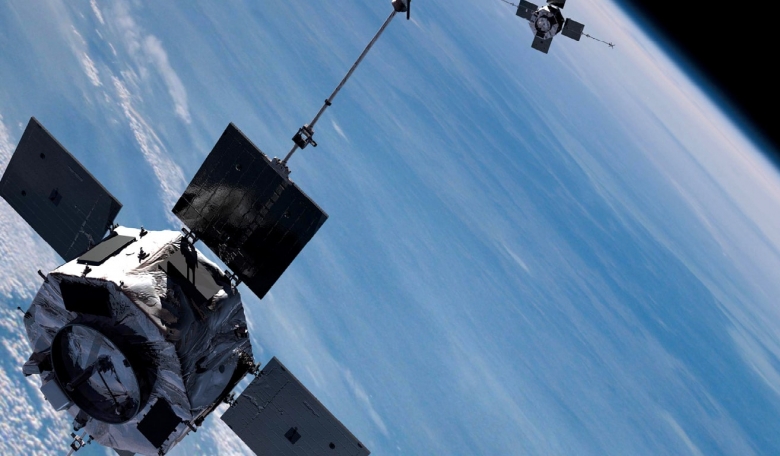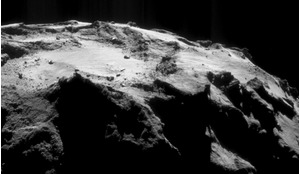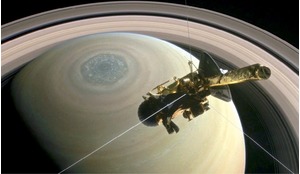New research suggests that, in a worst-case scenario, the degradation of satellite solar arrays due to space weather effects may result in a drop in output power equivalent to many years in the geostationary orbit environment. Alexander Lozinski explains the effects and the risks involved for satellites using electric orbit raising.
During a radiation storm, high-energy charged particles ejected by the Sun can stream into the Earth’s magnetosphere, the magnetic bubble that surrounds the planet and acts as a protective barrier to interplanetary space.
Once here, the movement of the charged particles becomes constrained by electromagnetic forces that arise from their interaction with the Earth’s magnetic field; the particles begin to encircle Earth, gyrating up and down magnetic field lines, and eventually become part of the torus-shaped Van Allen radiation belts. Occasionally, charged particles can also trickle down magnetic field lines near the poles and into Earth’s atmosphere, resulting in magnificent auroral displays studied using ground-based instrumentation placed in polar regions.
The trapped particles that constitute the Van Allen belts (protons and electrons) pose a serious risk to satellites because of their effects on sensitive electronic components. This risk was demonstrated by a solar cell experiment on the Tacsat-4 satellite, which was launched in 2011 into an elliptical orbit passing repeatedly through the Van Allen belts. Spacecraft power is provided by solar cells and decreases through time due to radiation damage. After two years in orbit, Tacsat-4’s solar cell degradation exceeded the predictions made by various models by 5 to 20 percent - such a discrepancy can reduce a satellite’s intended lifespan.














